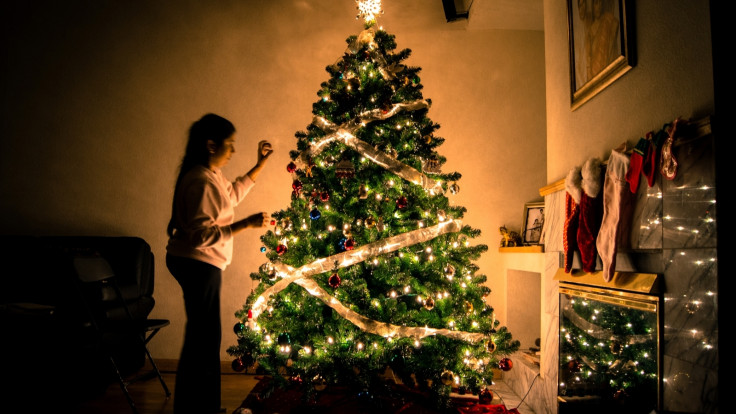This is why it's considered bad luck to take down Christmas decorations at the wrong time
According to one tradition, Christmas decorations can be kept until Shrove Tuesday in February.
After all that time spent painstakingly decorating our homes, planning what to buy our loved ones, and slaving over the stove to serve up Christmas feasts, this year's festivities are drawing to an end. And most people know not to take down their Christmas decorations until 5th January, although we might not understand why, exactly.
The answer is a muddle of pagan mid-winter festival folklore and Christian tradition.
The Christian feast of Christmas runs for twelve days from 25 December until January 5, with the 6th marking Epiphany. That is said to be the day that the Three Kings arrived by Jesus' manger in Bethlehem. But you can, according to some, keep the decorations until Shrove Tuesday on 13 February.
Now that we have access to electricity, supermarkets and heating, it's hard to imagine how bleak the winter was in centuries past. The period surrounding the winter solstice in particular was regarded as a time when the veil between reality and the spirit world thinned, and us mortals became vulnerable. Loud celebrations were used to fend of evil spirits, according to Snopes.
Decking the halls with evergreen plants like the holly was regarded as a celebration of life and a way to encourage the return of spring. Removing the plants too soon was seen as risking casting out tree-spirits out into the cold too soon, which could impact agricultural yields.
According to tradition observed until the 19th century, Christmas trees as well as the holly and ivy, should be burned on Candlemas Eve, which falls on 2 February. This is also known as the Feast of the Presentation of Jesus at The Temple and the Purification of the Blessed Virgin Mary, marking 40 days since his birth.

The resourceful among us might stick to the tradition of drying the plants and keeping them until Shrove Tuesday when they can be set on fire to cook pancakes on.
On the contrary, others state it is a bad omen to set fire to decorations at all (and modern day environmentalists might agree).
Either way, however, leaving Christmas decorations up too long risked causing a death in the family. Even singular pine needles and berries could attract goblins, according to folklore.
Singing carols at any time other than during the Christmas feast was also considered bad luck.
Currently observed tradition states that Twelfth Night (5 January) is the best time, spiritually speaking, to turn use your decorations as tinder.
But not all countries follow these rules. In Russia, for instance, Christmas Day is celebrated on January 7 (although New Year is actually a more important festivity there).
And seeing as none of this superstitious stuff is real (we hope) it's advisable to take your tree to the local tip on January 5 like you've probably always done. No amount of tree-spirits can combat the very real embarrassment of being the only house on the road with decorations still up in June.






















